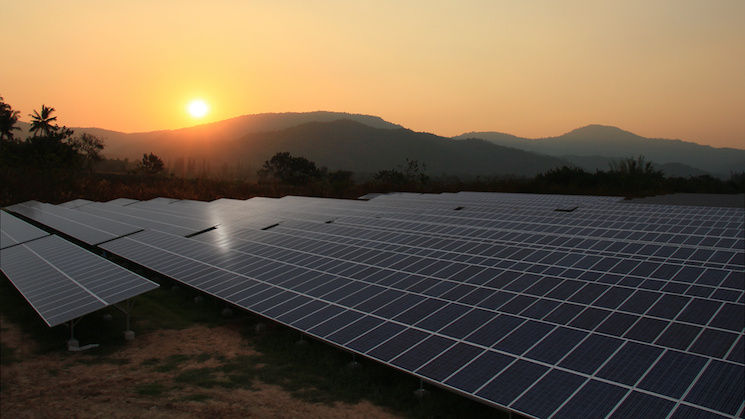By, Gina R. Johnson January 31, 2012

Böer easily foresees renewable energy contributing 60 percent to global energy supply by 2030. But in the United States, achieving that goal will depend on public education.
Back in 1978, when global photovoltaic manufacturing production was around 500 kilowatts, Karl W. Böer was predicting major adoption of photovoltaics (PV). At $2 per watt, he told Solar Age magazine, we’d see a market develop worth more than $100 million. Today wholesale PV prices have plunged to $1.20 per watt, fueling a U.S. solar market worth $6 billion, and what seemed an optimistic vision at the time has proven to be conservative.
Böer has been ahead of this curve since the start. His interest in solar energy goes back to his time as a young physics professor during the ’60s and ’70s. As a member of the faculty, he founded the University of Delaware’s Institute for Energy Conversion in 1972. A year later, Böer and colleagues attracted international attention when they designed and built one of the world’s first PV-powered residences, Solar One. He’s also a founder and Fellow of ASES and a regular contributor and advisor to SOLAR TODAY.
Yet Böer is as surprised and disappointed as anyone by the United States’ lost lead in the global market. He blames the lack of long-term federal support — and of the resulting environment that would foster private investment — for impeding technology and market advances.
As the founder of Solar Energy Systems Inc. (now defunct), Böer had firsthand experience with such market challenges. Reflecting on the development of PV technology, he takes great satisfaction in the success of the thin-film cadmium sulfide-cadmium telluride cells he helped advance. He continues to publish papers on CdS-CdTe, including a March 2010 report in these pages. Looking ahead, he envisions a solar cell with a hundred-year life expectancy, based on today’s technology.
Böer easily foresees renewable energy, including solar thermal, wind and other technologies, contributing 60 percent to global energy supply by 2030. But in the United States, he said, achieving that goal will depend on correcting the growing misinformation about solar and other energy. Here Böer anticipates an essential role for SOLAR TODAY and other media.
“I am very surprised that there was not enough power from enough very intelligent, very bright people to make sure that Congress [supported the majority’s backing for solar energy],” Böer said. The technology is here and the global market is developing. As Böer sees it, now it’s about education and shoring up solid commitment for the goal.




